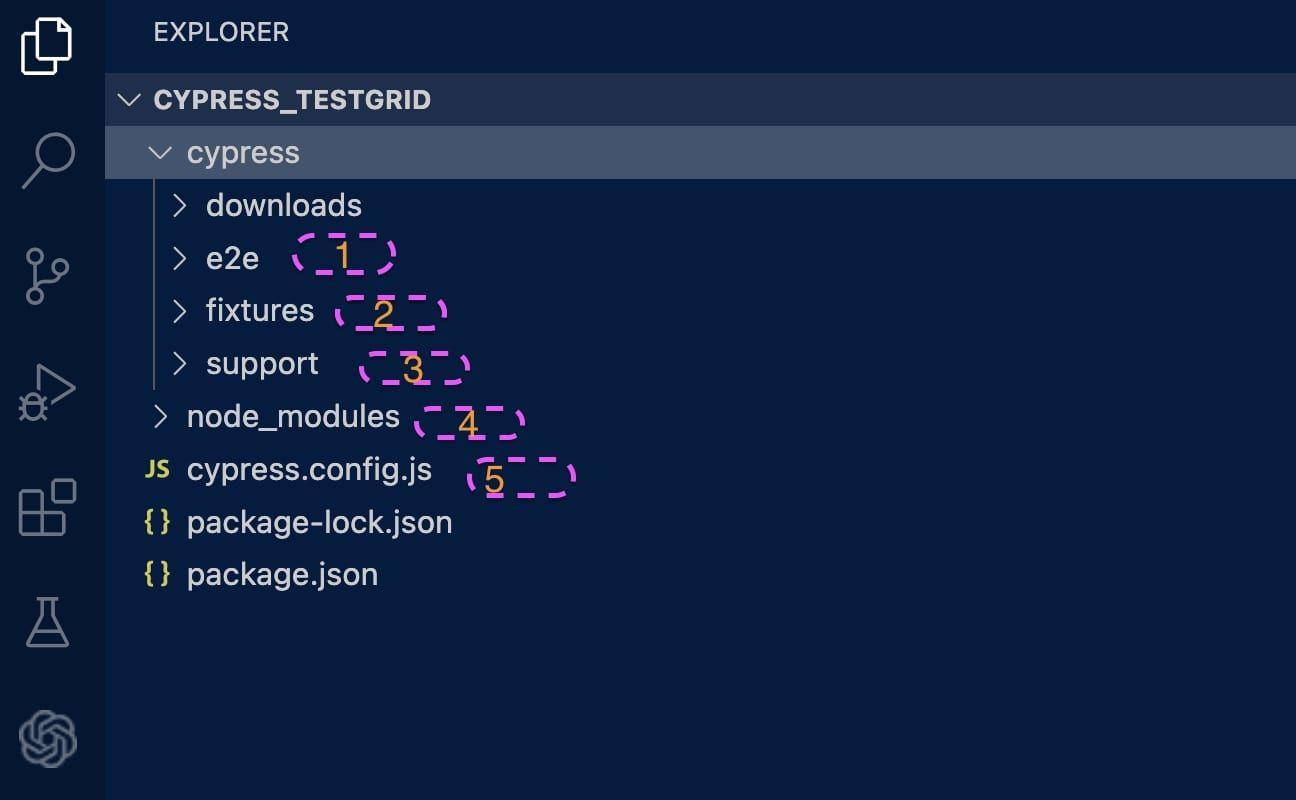Why Cypress is becoming outdated in 2025
Discover why Cypress falls short for modern end-to-end testing and explore Bugninja's AI-powered solution for QA teams.

Discover why Cypress falls short for modern end-to-end testing and explore Bugninja's AI-powered solution for QA teams.

Cypress emerged as a popular testing tool in the late 2010s, providing QA teams with a user-friendly framework for front-end testing. With its JavaScript-based architecture and real-time debugging features, Cypress gained immense traction. However, as of 2025, Cypress is facing significant challenges that hinder its ability to meet the demands of modern software testing.
While Cypress was revolutionary, its architecture and feature set have not evolved fast enough to keep pace with modern testing requirements. Below are some of its major shortcomings:
The fragility of Cypress tests stems from its inherent architectural limitations. QA teams often find themselves facing the following challenges:
For example, a QA team testing a SaaS dashboard might encounter issues where a simple update to a table layout breaks multiple Cypress tests. Resolving these failures often involves rewriting locators and debugging scripts, consuming both time and resources.
In 2025, QA teams operate in environments characterized by rapid development cycles, dynamic interfaces, and frequent application updates. Tools that cannot adapt to these workflows become bottlenecks rather than enablers. Cypress, while innovative in its early years, has failed to address these evolving needs.
Modern QA teams require testing platforms that:
Bugninja’s AI-powered testing platform offers a robust alternative to Cypress, addressing its limitations with innovative features tailored for today’s QA needs.
Bugninja redefines end-to-end testing with cutting-edge capabilities:
By adopting Bugninja, QA teams can:
As CTO Ákos Jakub notes, "Bugninja has been transformative for QA teams. It reduces overhead, scales seamlessly, and adapts to dynamic workflows, saving countless hours of manual effort."
| Feature | Cypress (Legacy) | Bugninja (2025 Ready) |
|---|---|---|
| Self-Healing Tests | ❌ Manual updates | ✅ AI-driven healing |
| Cross-Browser Testing | ⚠️ Limited | ✅ Full coverage |
| Test Maintenance | ❌ High effort | ✅ Near-zero effort |
| Parallel Execution | ⚠️ Limited | ✅ Unlimited |
| CI/CD Integration | ⚠️ Manual setup | ✅ Seamless |
| Visual Debugging | ❌ None | ✅ Built-in playback |
| Scalability | ⚠️ Resource-heavy | ✅ Effortless |
| Unlimited Runs | ❌ Limited | ✅ Included |
Cypress's limitations have become increasingly evident as software testing evolves. QA teams seeking to stay ahead in 2025 need tools that adapt to dynamic workflows, scale efficiently, and reduce maintenance efforts. Bugninja’s AI-powered platform offers all this and more, making it the ideal solution for modern end-to-end testing.

CTO @ Bugninja
Deep learning engineer and CTO with a passion for solving complex problems in unconventional ways. Worked as a quantitative developer at Morgan Stanley focusing on AI, and now leads engineering at Bugninja AI. Strong background in deep learning architectures, scalable ML systems, and applied NLP.
Read more